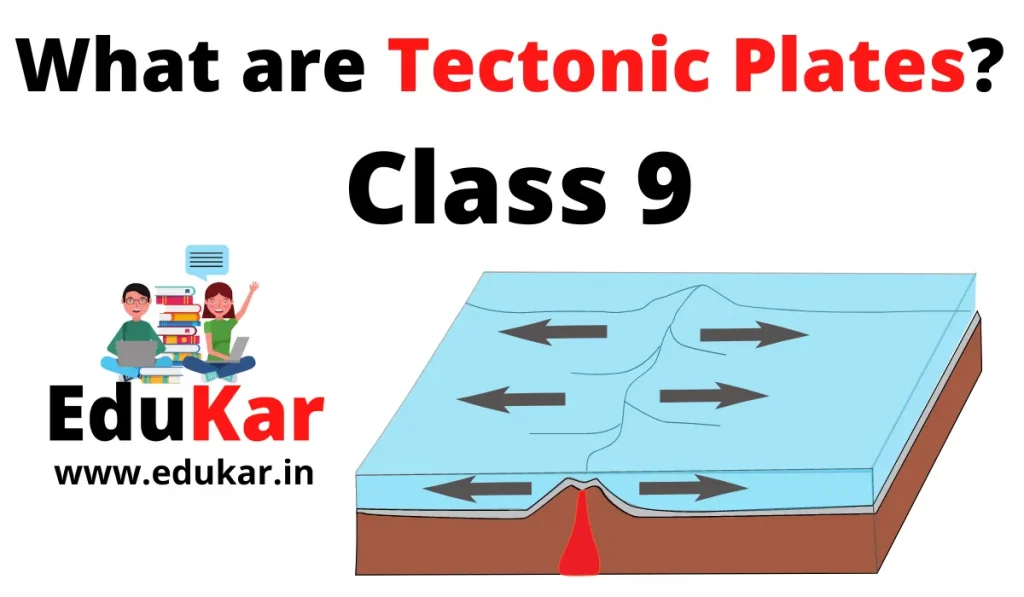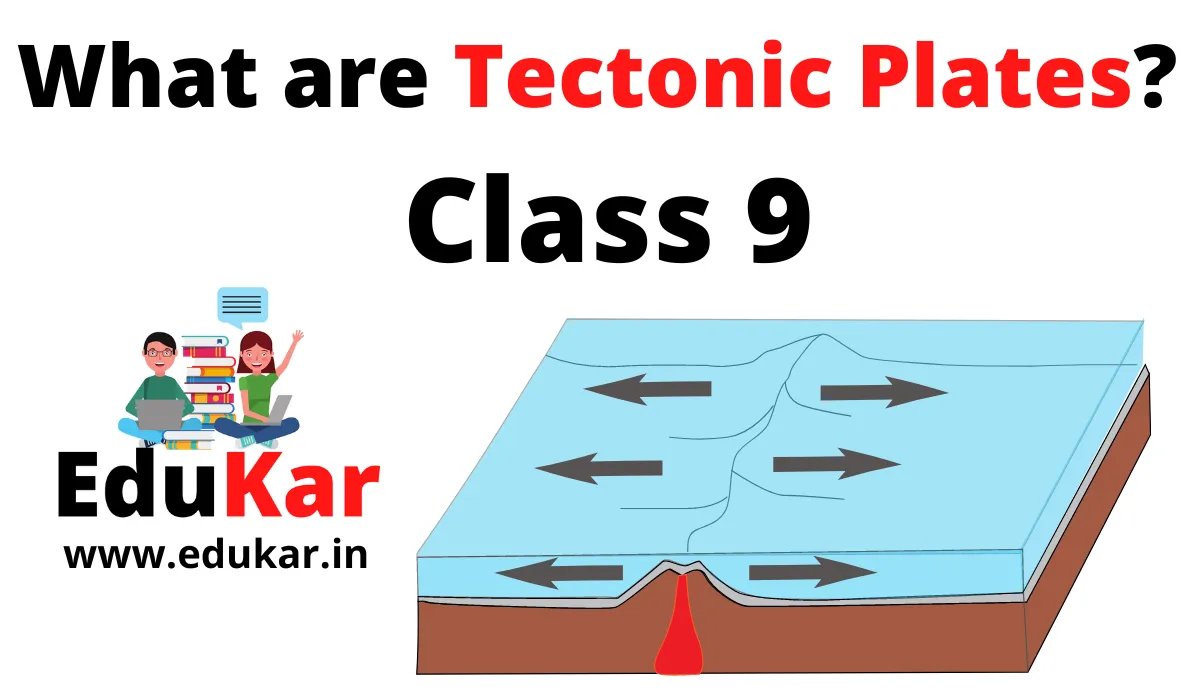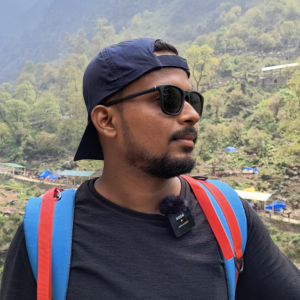Earth has many different layers, which interact and result in the many different landforms on our ever-changing planet. Tectonic plates are plates that are responsible for the change in landforms by altering the lithosphere. Here is a blog post about tectonic plates.

Tectonic Plates
Tectonic plates, huge slabs of rock that divide Earth’s crust, move continuously to reshape the Earth’s landscape. The system of ideas behind plate tectonics theory proposed that Earth’s outer shell (lithosphere) is divided into many plates that glide over the Earth’s rocky inner layer upper the soft core (mantle). The plates act like a solid and rigid shell compared to Earth’s mantle. The mantle sits in the middle of Earth’s dense, very hot core and its fine outer layer, the crust.
Tectonics Plates has become the unifying theory of geology. It describes the earth’s surface movement, past and current, which has produced the tallest mountain ranges and the deepest oceans.
Some scientists consider that the shifting plates, which have the capability to help adjust our planet’s temperature over billions of years, are a important element of life.
What are “Tectonic Plates”?
Tectonic plates are huge pieces of the Earth’s crust and is the uppermost mantle. They are made up of two crust i.e. oceanic crust and continental crust. Earthquakes take place around mid-ocean ridges and the large faults which mark the edges of the plates.
Tectonic plates are the large, crustal plates on Earth’s surface. There are seven large tectonic plates: the North American Plate, the South American Plate, the African Plate, the Arabian Plate, the Eurasian Plate, the Antarctic Plate, and the Indo-Australian Plate. These plates move slowly over time, causing earthquakes and volcanic eruptions. Each one of these tectonic plates sits on top of another. These plates are the major surface feature of the Earth, and have had strong impacts on geological processes, such as mountain-building and the formation of valleys, canyons, and basins
California is situated at the seam of the Pacific Plate, which is the world’s biggest plate at (39,768,522 square miles) and the Northern American plate.
Tectonic Plates Map Displaying “The Ring Of Fire”
The Earth is always on the move attributable to the motion of the tectonic plates. Seven of the major plates create most of the seven continents and the Pacific Ocean. They are named after nearby landmasses, regions or oceans.
What is the “Ring of Fire”?
The Ring of Fire is situated in Pacific Ocean. It is created by a string of deep ocean trenches, volcanoes and high mountain ranges. It is the site of earthquakes around the boundary of the Pacific Ocean.
The tectonic plates map of the Earth displays where mountain building, volcanoes, and earthquakes have happened.
How Many “Tectonic Plates” Are There?
There are minor, major and micro tectonic plates. There are 7 major plates: Antarctic, African, Eurasian, Indo-Australian, South American, Pacific and North American.
The Hawaiian Islands were made by the pacific plate, which is the world’s biggest plate at 39,768,522 square miles.
What is a “Tectonic Plate Boundary”?
A tectonic plate boundary is the borderline between two plates. The tectonic plates slowly and continuously move but in many different directions. Some are moving apart from each-other, some are moving toward each-other and a-few are grinding past each other. Tectonic plate boundaries are placed into three main types based on the different movements.
Different Types Of Plate Boundaries
The analysis of plate boundaries and their motion is like figuring out a continuously moving jigsaw puzzle, Understanding the types of plate boundaries is important to understanding the Earth’s history. Convergent margin or Subduction zones, are one of the 3 types of plate boundaries.
The furthers are divergent and transform margins.
Subduction Zone
At subduction zones, a convergent border happens when two tectonic plates push together. When an ocean plate come into collision with a continental plate, the ocean plate slides below the continental plate and bends downward.
Divergent Margin
A divergent margin happens when two plates are unfurl apart, as at seafloor ridges or continental rift zones like the East Africa Rift. Molten rock originates from the Earth’s center to fill the gap.
Transform Margin
Transform margins mark slip-sliding plates including California’s San Andreas fault. The San Andreas Fault marks the position where the North America and Pacific plates grind past each other in a horizontal motion.
The plates do not slip smoothly but build tension and release it in the form of an earthquake.
How Do Tectonic Plates Generate Earthquakes, Volcanoes & Mountains?
The Earth’s surface is active in proportion to tectonic theory, moving as much as 1 to 2 inches a year. The numerous tectonic plates shift and interact all the time. This movement reshapes the Earth’s outer layer. Earthquakes, volcanoes and mountains is the outcome of this process.
Also at work are the functions of convection and gravity:
- Scientists have come across that the continents have come together and spread apart at least three times in the Earth’s history. Geologists think this motion is driven by convection in Earth’s mantle which causes hot rock to rise and cooler rock to sink.
- When the thicker tectonic plate dives beneath another plate it is due to the high energy by the Earth’s gravity that drives into the mantle. Earth’s tides which are made by a gravitational tug of the Moon and the Sun, also put extra tension on geological faults.
Tectonic plates are pieces of the Earth’s crust that are always moving. These plates are made up of different types of materials like rock, magma, or sediment. They are the moving pieces of the Earth. The forces of gravity and pressure cause the plates to push and pull on each other. The plates move slowly, but they are constantly moving. If the plates all stopped moving at the same time, the Earth would stop rotating.
It’s no secret that there are many types of tectonic plates in the world. We hope that you’ve been enjoying this blog post about tectonic plates since it’s been out. If you still want more information, you can visit our website at www.edukar.in. Thank you for reading, we would love to hear from you!







